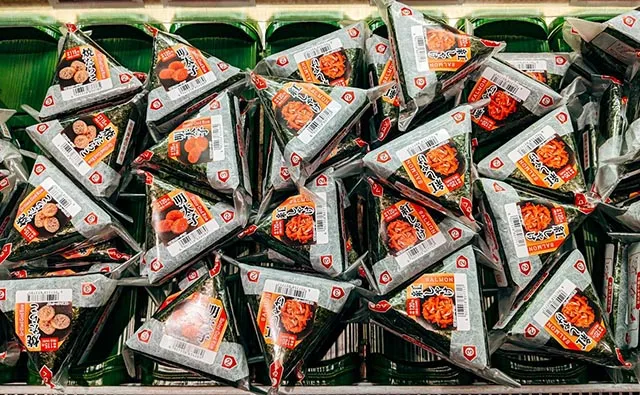Coatings, Inks
Surveying The Future of Ink-Related Topics

Coatings, Inks

As we approach the mid-point of the 2020s, it seems the perfect time to shine a light on what the remaining years of the decade hold for ink technology and consumption.
I rarely dedicate a whole column to market reports here but on this occasion, writing over the New Year period, it seems a more than fitting thing to do. The global picture appears quite buoyant, with much to be expected from Europe and Asia. Growth prospects are attractive where modern formulation opportunities are concerned and much is being tied in to energy or working efficiency as the pace of modern life accelerates further with high technology.
A new report from Spherical Insights that forecasts the shape of things to come up until 2032 captures a good variety of trends and influences with figures that are consistent with other forecasts.
Ink World readers will know that the rise of digital technologies has eaten into the use of inks for printed advertisements and publication printing, but now a fresh combination of influences is bringing growth to the world ink sector.
Firstly, the rising influence of sustainable chemistry is expected to drive much innovation and product development in the sector as the demand for inks of vegetable origin rises. (More on vegetable inks below.) And in a pattern mirroring what has happened in the wider coatings sector, much faster growth is anticipated in Asia despite North America and Europe being the bigger regional markets.
The report, Global Printing Ink Market Size, Share, and COVID-19 Impact Analysis, By Type, By Process, By Application, and By Region, Analysis and Forecast 2022-2032, concludes that the global market for printing inks will grow by 6.7% p.a. throughout the period 2022-2032. The market will almost double in value during that time, growing from US$18.71 billion in 2022 to US$ 35.93 billion by 2032.
Bringing additional impetus to the market beyond sustainability and Asian consumption will be the packaging sectors and the positive side of digital technology: digital printing, which offers rapid turnaround of print jobs as well as customization opportunities.
Some further highlights from the report include:
It seems a long time since anything that could be termed “oil-based” was a hot growth prospect, but with the rise of vegetable oils as a fount for modern formulations, the oil-based ink market is now a favorable growth prospect and Europe is leading the way with its sustainable and green agendas.
The new study, Oil-Based Printing Inks Global Market Report 2024, from the Business Research Company illuminates the path ahead in this area, focusing on the oil types, applications and end-user industries. Collectively, the oil-based printing ink market has been rated at US$12.47 billion in 2024 and is expected to reach US$14.64 billion by 2028 through a CAGR of 4.1% p.a.
Many different terms contribute to growth equation for oil-based inks, such as sustainability and circularity, digital printing, growth in flexible packaging, personalization, UV-curable and water-based oil inks.
Although Europe is the leading regional market, Asia is demonstrating considerable interest in the formulation of inks based on vegetable oils such as soybean, cottonseed, safflower, canola and palm oils as they form sustainable bases for ink formulation and good alternatives to inks of petrochemical origin.
The sheer variety of materials used in the packaging sector is seen as driving much of the demand for oil-based inks because they are versatile and durable enough to be used on a broad cross-section of materials. Some of the top players are already formulating new high-tech substitute inks for the electronics sector and for barcode printing, targeting energy savings and superior efficiency respectively.
Geographically, Western Europe is home to the largest regional market for oil-based inks with the Asia-Pacific region second; regrettably this echoes the USA lagging behind in any strategy for the circular chemical economy while the EU, Japan and China continue to gain ground.
The market for printer ink cartridges is expected to grow by more than 50% between 2022 and 2029, rising from a global value of US$14.1 billion in 2022 to US$21.48 billion by 2029; that is based on a compound annual growth rate of 6.2% p.a. throughout a forecast period defined by Maximize Market Research. In this segment, Europe represents the second-largest market, while North America is the leading regional market and accounts for more than half of the global demand.
However, demand growth for printer ink cartridges is firmly rooted in the Asia Pacific region (surprisingly only 10% of the world market) and will largely be driven through greater investment in education. All of Asia is expected to demonstrate growth but China, India and Japan have been identified as the major markets for growth throughout the rest of the decade. Not far behind this is some spectacular growth expected to emerge in the Middle East and Africa region.
As the market grows by 50% between 2022 and 2029, the main change that will occur will be the greater filling of cartridges with aqueous inks, which represented 34% of the total in 2022 but which will come to fulfil 38% of the total market by 2029. Pretty much all of that growth will be achieved at the expense of solvent inks, which comprised 26% of demand in 2022 but will form only 21% by 2029. The remainder of the filling pattern for cartridges witnesses only minor change in the use of dry sublimation inks (roughly 25-26%) and other types (roughly 14-15%), barely moving over the report’s seven-year window.